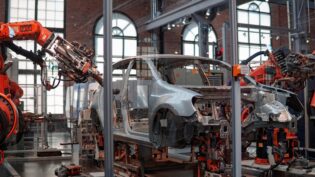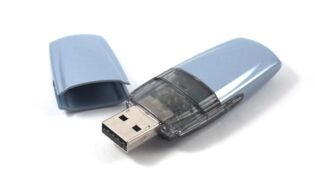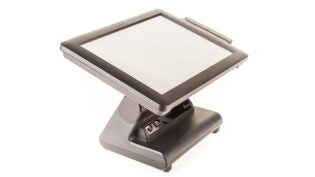
Some years ago a friend of mine had an idea for a new cross-country ski binding that he thought would be an improvement on what was available then. He made a simple drawing and took it to a local fabricator to get an estimate for a prototype.
The cost was so high, he abandoned the project. Today, with 3D printing, he could easily afford to get his prototype made.
That scenario is just the beginning of what the 3D printing revolution could mean to small businesses. All small business owners and would-be entrepreneurs need to understand what 3D printing is all about and see how it might enable them to expand their offerings or start new businesses.
3D printing explained in 2D
If this is your introduction to 3D printing, it’s simply a printer that networks to your computer and creates objects. You could use one to make a prototype of a new children’s action figure, for example. While a regular printer takes ink or toner, to make the action figure the “ink” would be some form of plastic.
Today, 3D printers cost as little as a couple of thousand dollars. Prices go up as features increase, such as the size of the object they will “print.” Yearly sales of 3D printers are currently estimated at around $2 billion.
One of the important variables to consider – and one that will help you understand how “disruptive” these devices may turn out to be – is the “ink.” NASA has reportedly ordered a pizza to be made via a 3D printer. So food can be the “ink.” Already sugar and chocolate are being used commercially for 3D printer creations. Scientists are working on printing with human cells to make replacement organs. And this is only the beginning.
Business opportunities
Churning out human kidneys may not be your path into the business of 3D printing, but there are many other ways that 3D printing could work for your business.
- Use a 3D printing service to create models and prototypes.
- Use a 3D printer to make a small quantity of a product.
- Use a 3D printer to customize products.
- Start a service to provide 3D printing to others.
- Sell the printers.
- Sell the accessories.
- Train others how to use 3D printers.
If 3D printing is able to realize its potential in the short and medium terms, it will grow significantly. If we’ve learned anything from the Gold Rush, safety razors and ink jet printers, it’s that the real money is in providing the supplies and services that are required by those who use the product. The names of few gold miners are remembered, but everyone knows Levi’s.
If you have an idea for an invention that could be rendered through 3D printing, go for it; if not, you may want to grab your small piece of the 3D-printing pie via sales or service and watch it grow as the entire industry takes off in the coming years.
This article was originally published by Susan Solovic
Published: October 21, 2014
2480 Views
2480 Views












